Product Detail
Product NameCAV2 Antibody
Clone No.2E-9E
Host SpeciesMouse
ClonalityMonoclonal
PurificationProA affinity purified
ApplicationsWB, IHC, FC
Species ReactivityHu
Immunogen DescRecombinant protein
ConjugateUnconjugated
Other NamesCAV antibody
CAV2 antibody
CAV2_HUMAN antibody
Caveolae protein 20 kD antibody
Caveolin 2 antibody
Caveolin 2 isoform a and b antibody
Caveolin-2 antibody
MGC12294 antibody
OTTHUMP00000025032 antibody
OTTHUMP00000195982 antibody
Accession NoSwiss-Prot#:P51636
Uniprot
P51636
Gene ID
858;
Calculated MW18 kDa
Formulation1*TBS (pH7.4), 1%BSA, 40%Glycerol. Preservative: 0.05% Sodium Azide.
StorageStore at -20˚C
Application Details
WB: 1:500-1:2,000
IHC: 1:50-1:200
FC: 1:50-1:100
Western blot analysis of caveolin-2 on human caveolin-2 recombinant protein using anti- caveolin-2 antibody at 1/1,000 dilution.
Western blot analysis of caveolin-2 on HEK293 (1) and caveolin-2-hIgGFc transfected HEK293 (2) cell lysate using anti- caveolin-2
Western blot analysis of caveolin-2 on different cell lysate using anti- caveolin-2 antibody at 1/1,000 dilution. Positive control�� Line1: A549 Line2: 3T3-L1 Line3: A431
Immunohistochemical analysis of paraffin-embedded human endometrial cancer tissue using anti- caveolin-2 antibody. Counter stained with hematoxylin.
Immunohistochemical analysis of paraffin-embedded human esophageal cancer tissue using anti- caveolin-2 antibody. Counter stained with hematoxylin.
Flow cytometric analysis of A549 cells with caveolin-2 antibody at 1/100 dilution (green) compared with an unlabelled control (cells without incubation with primary antibody; red).
Caveolae (also known as plasmalemmal vesicles) are 50-100 nM flask-shaped membranes that represent a subcompartment of the plasma membrane. On the basis of morphological studies, caveolae have been implicated to function in the transcytosis of various macromolecules (including LDL) across capillary endothelial cells, uptake of small molecules via potocytosis and the compartmentalization of certain signaling molecules including G protein-coupled receptors. Three proteins, caveolin-1, caveolin-2 and caveolin-3, have been identified as principal components of caveolae (6-8). Two forms of caveolin-1, designated alpha and beta, share a distinct but overlapping cellular distribution and differ by an amino terminal 31 amino acid sequence which is absent from the beta isoform. Caveolin-1 shares 31% identity with caveolin-2 and 65% identity with caveolin-3 at the amino acid level. Functionally, the three proteins differ in their interactions with heterotrimeric G protein isoforms (6-8)
If you have published an article using product 48386, please notify us so that we can cite your literature.



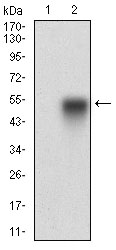
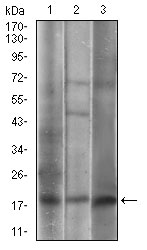
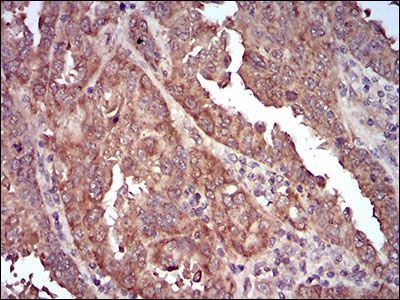
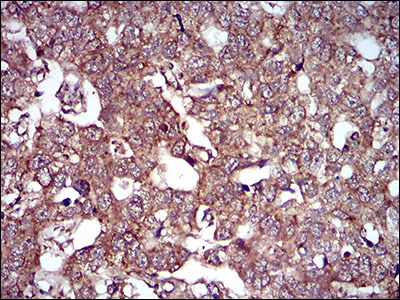
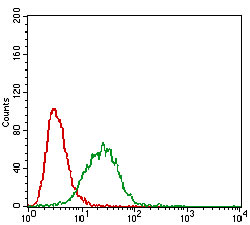
 Yes
Yes



